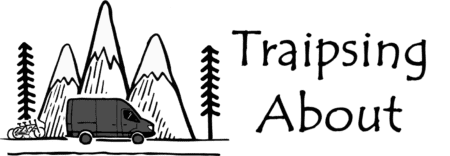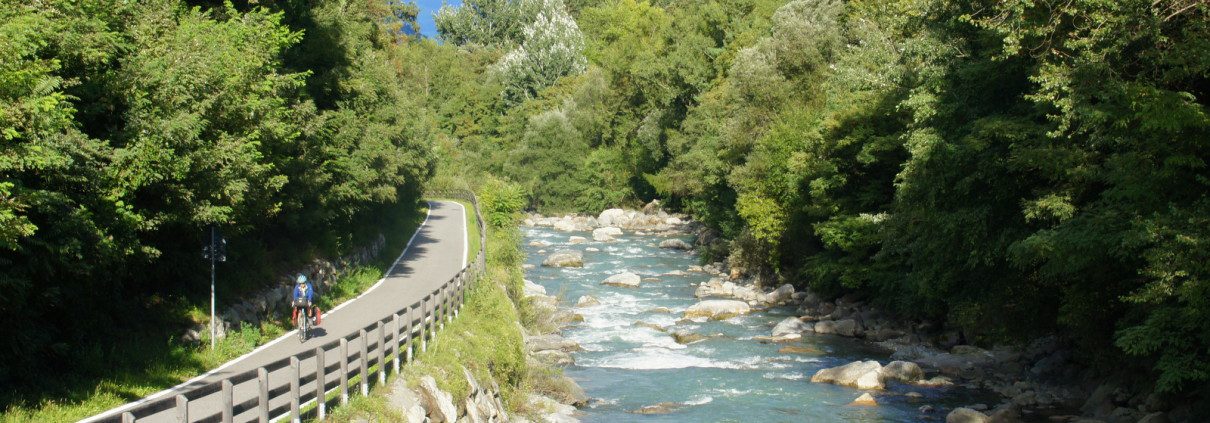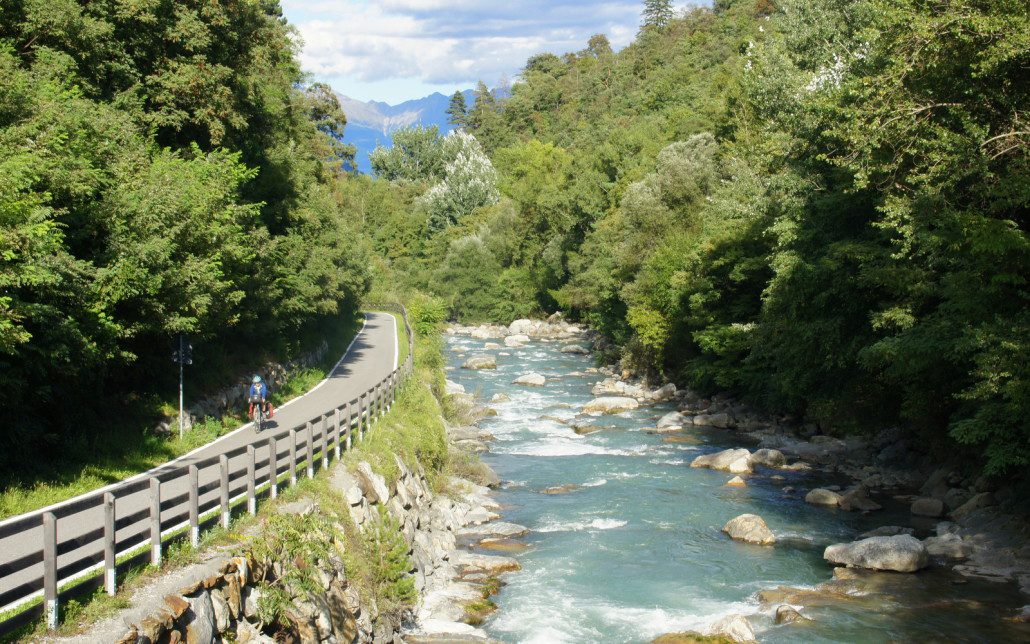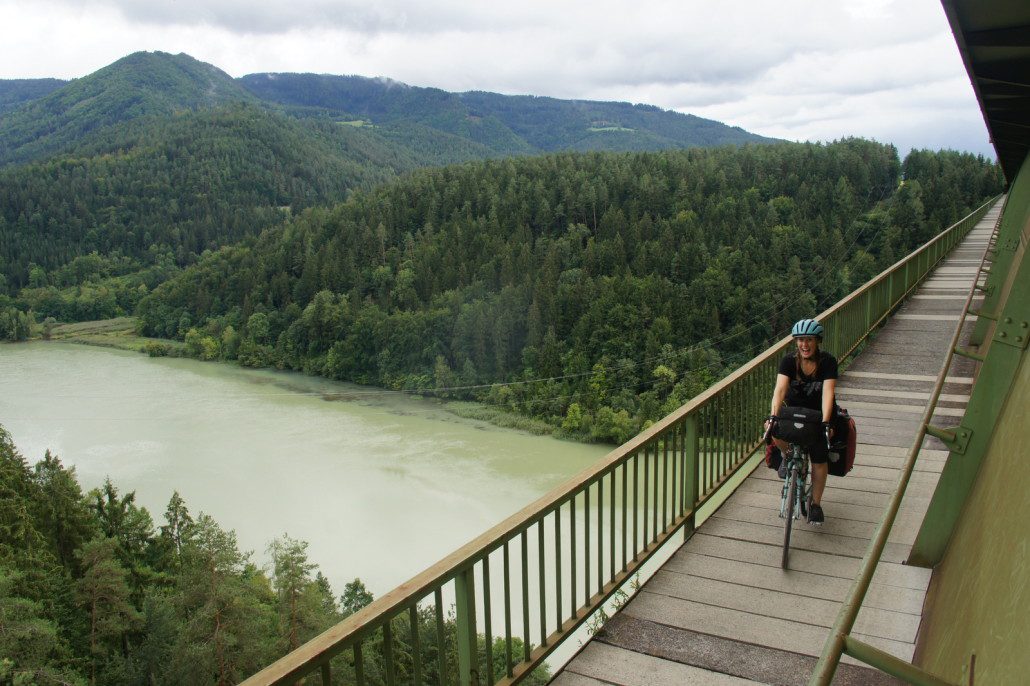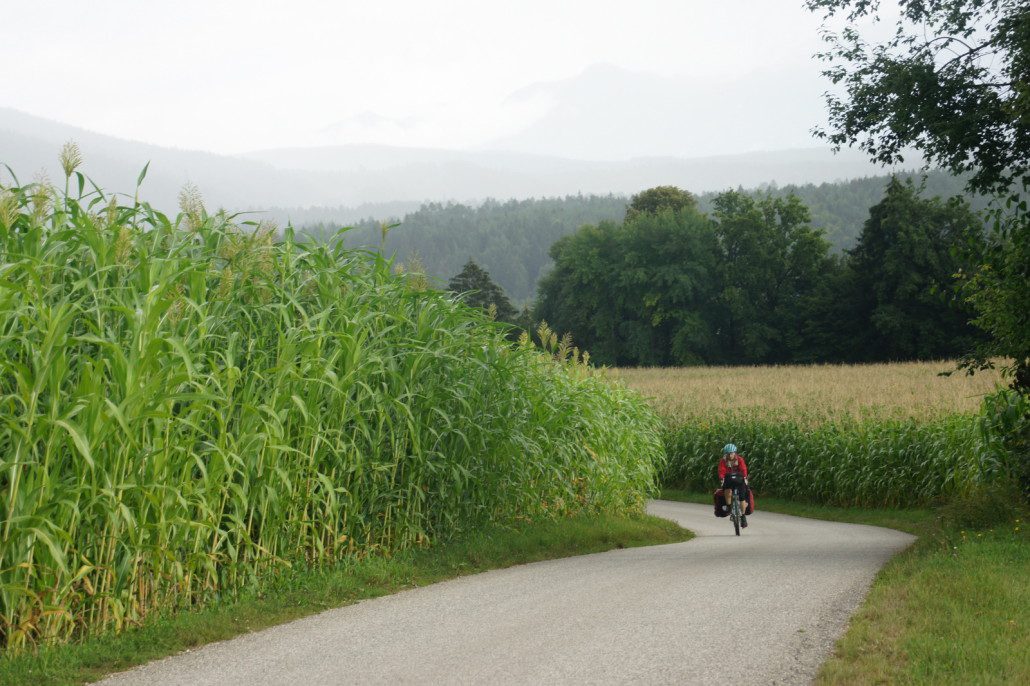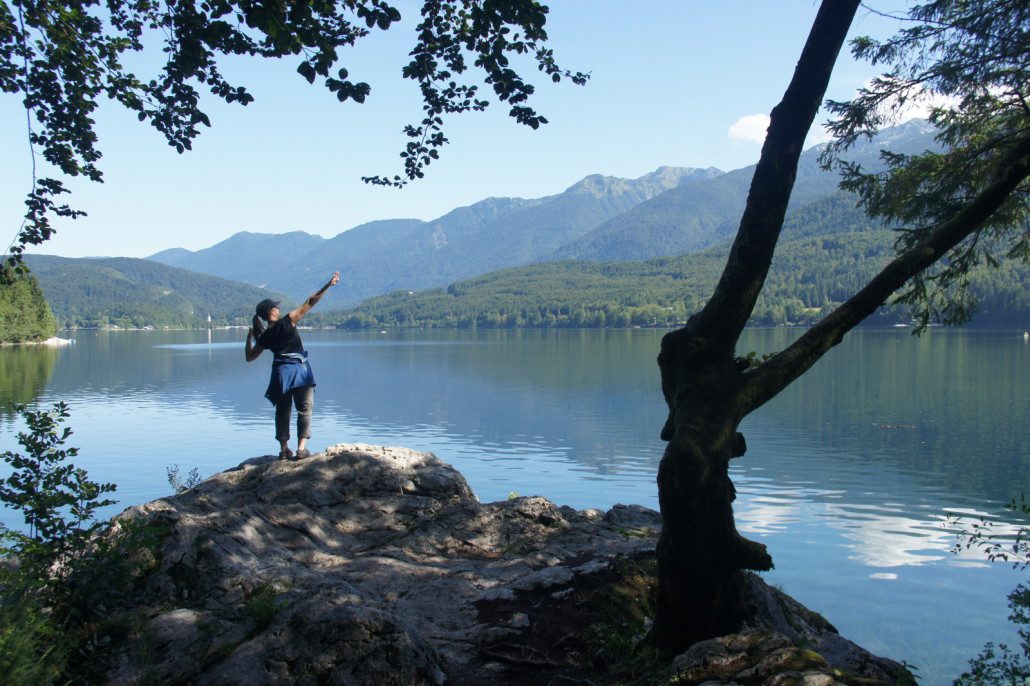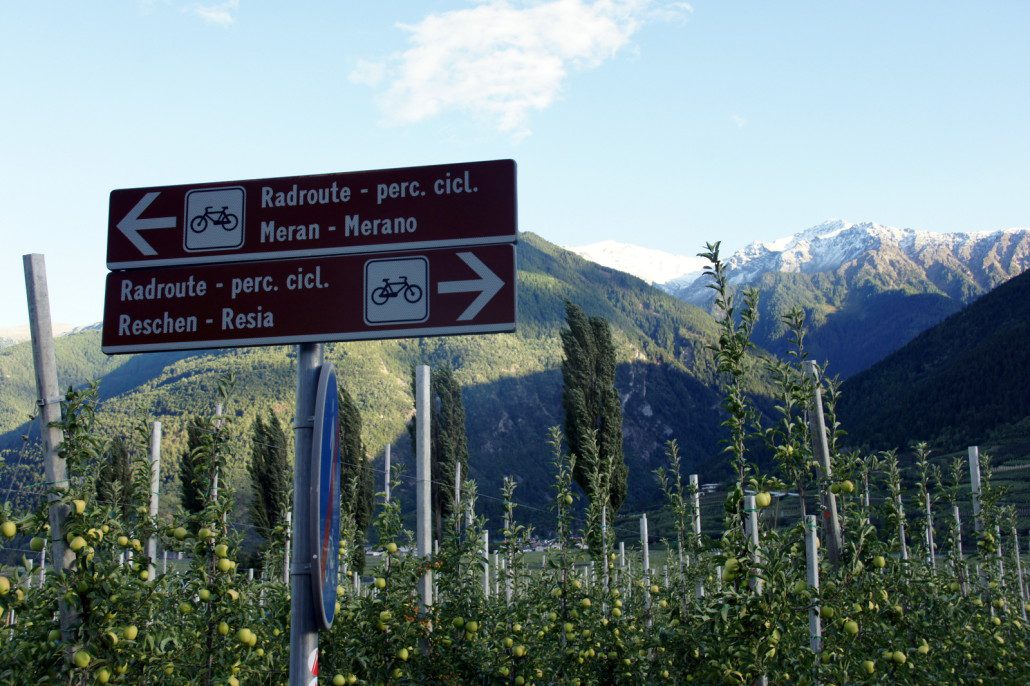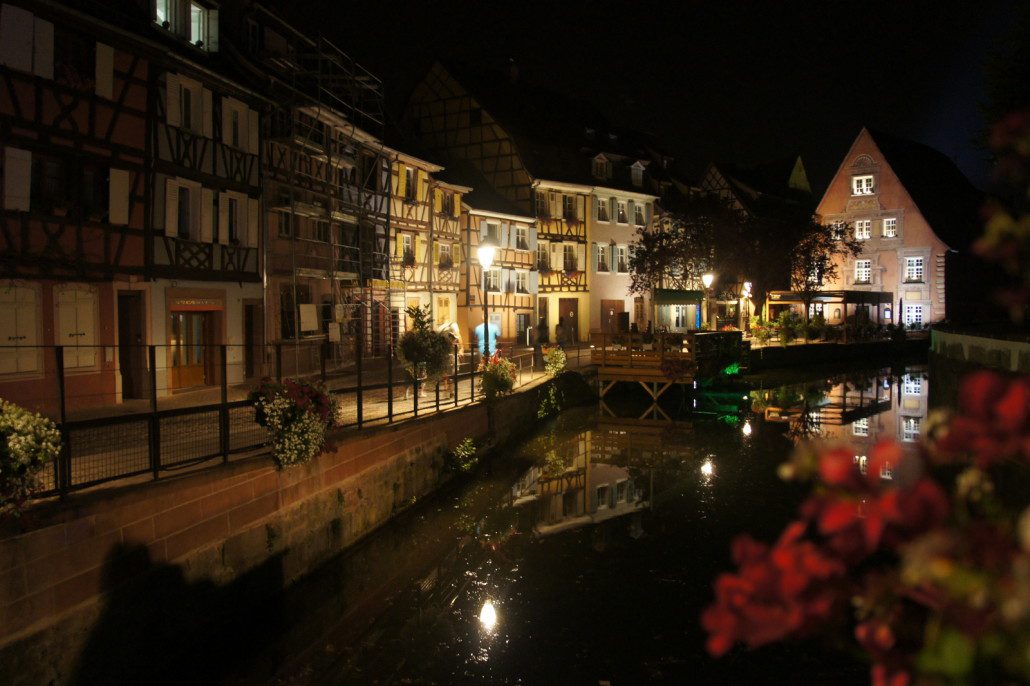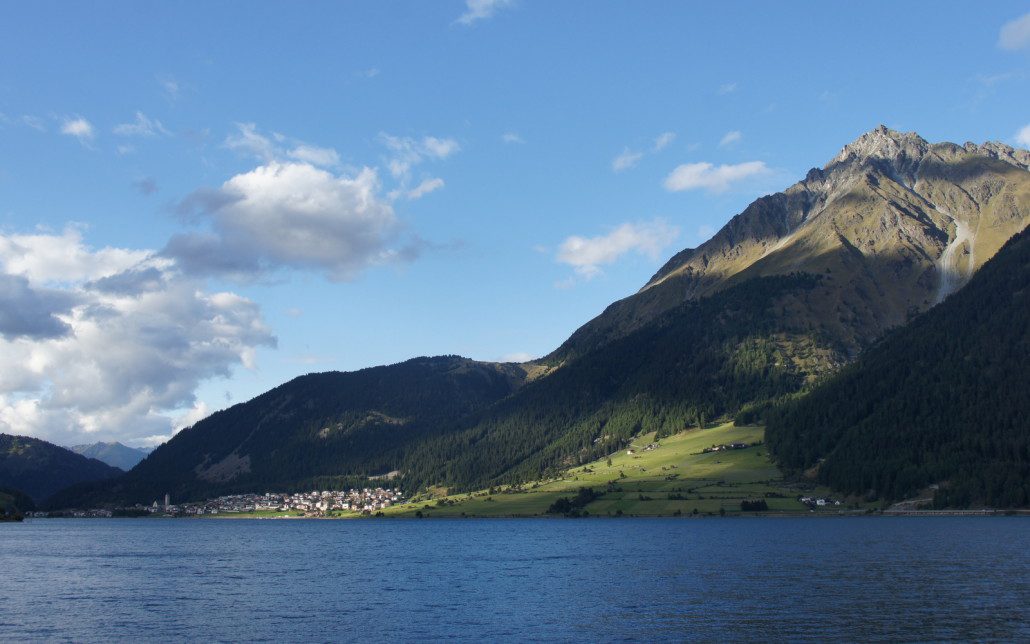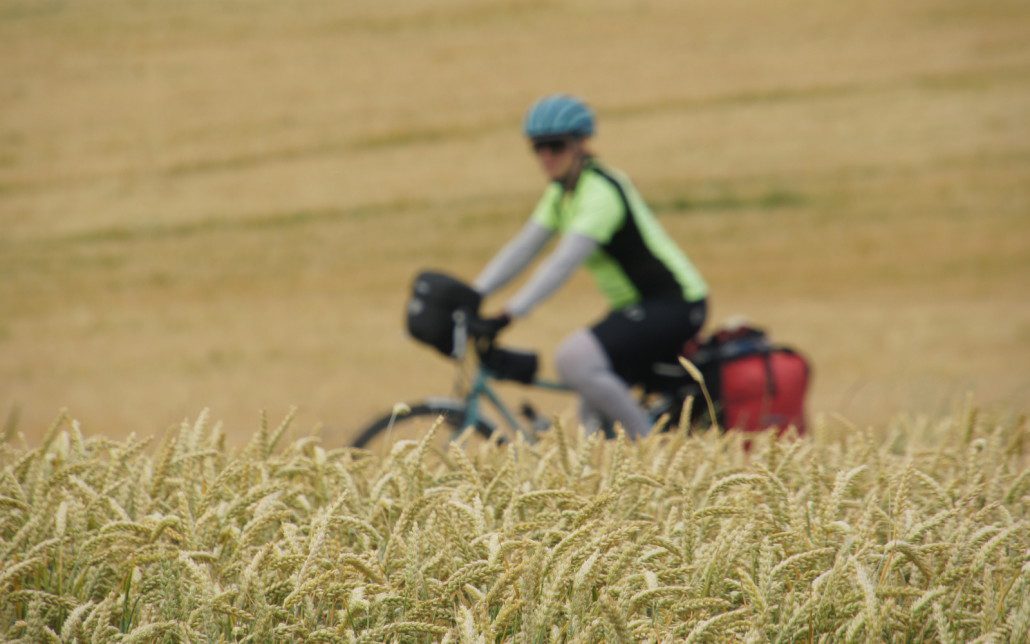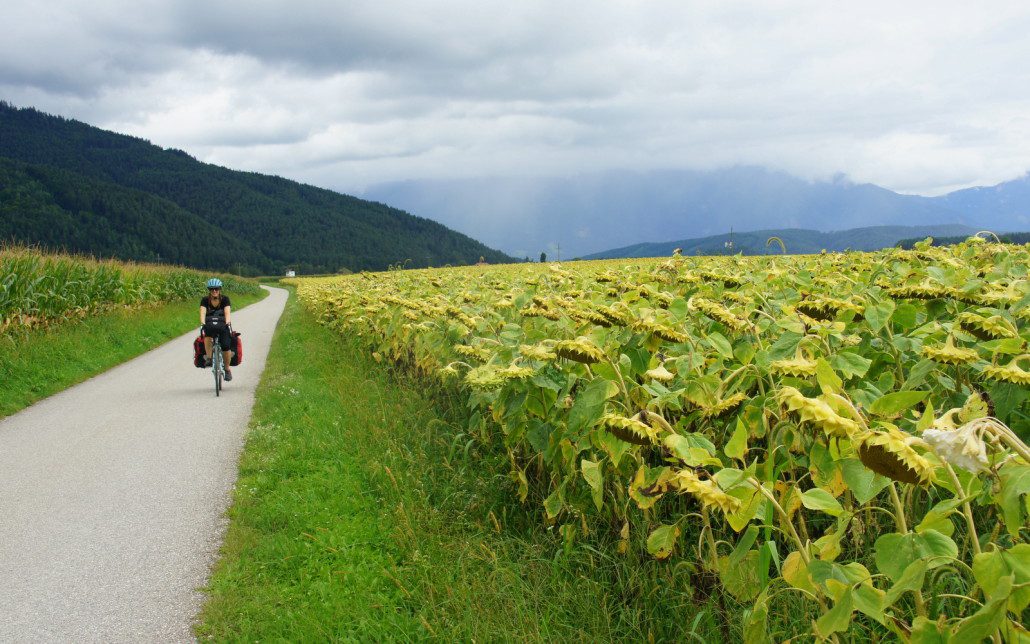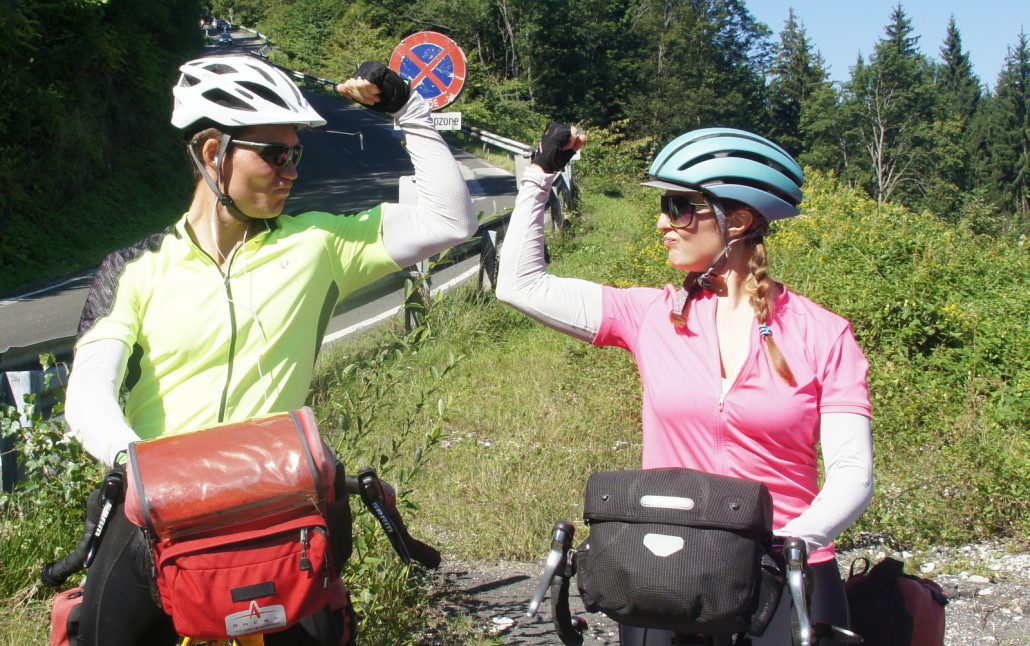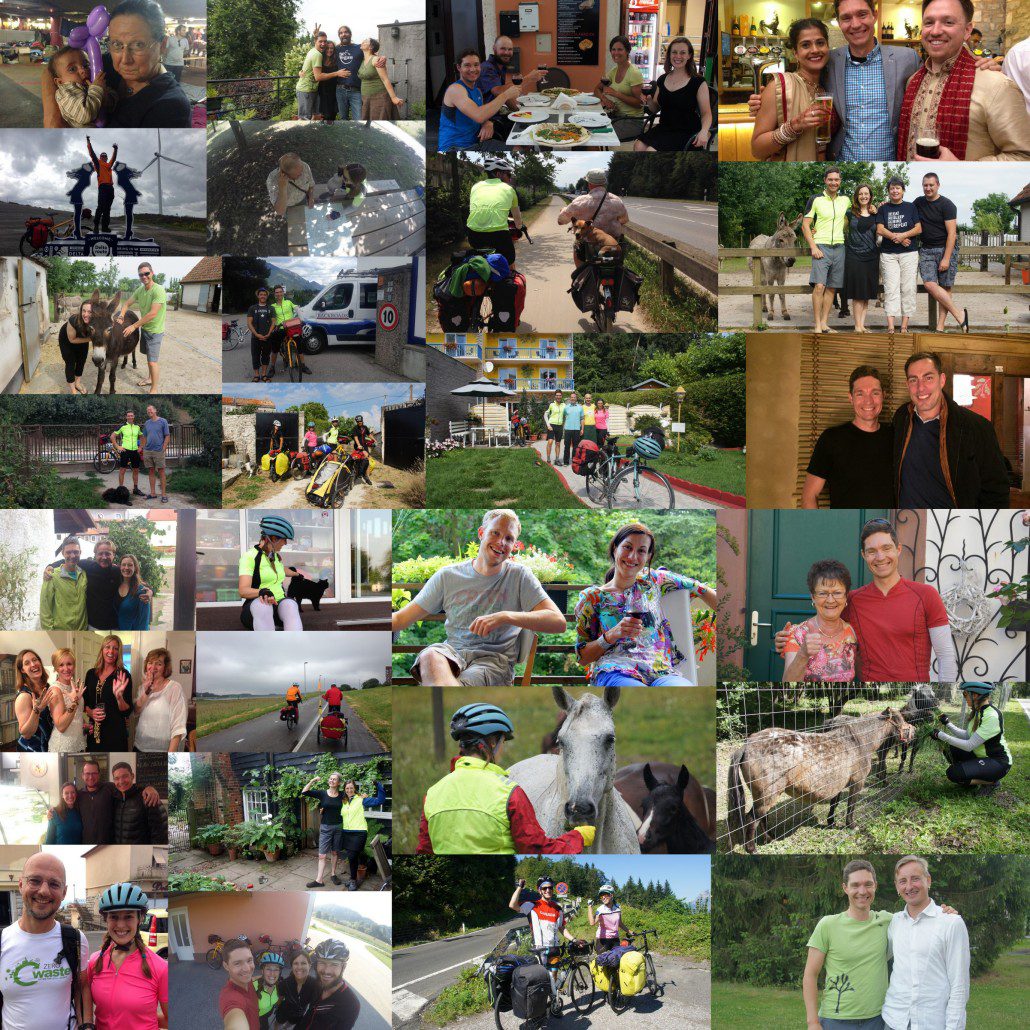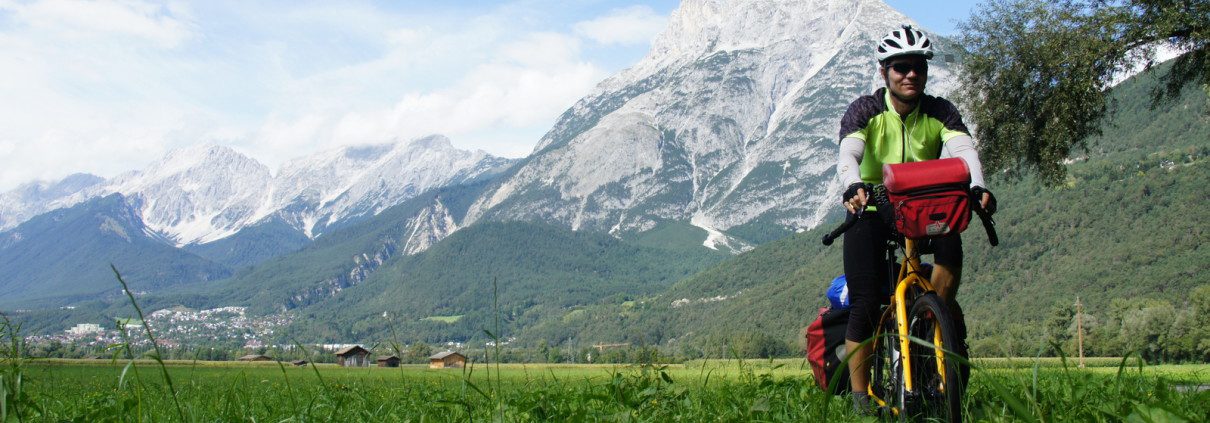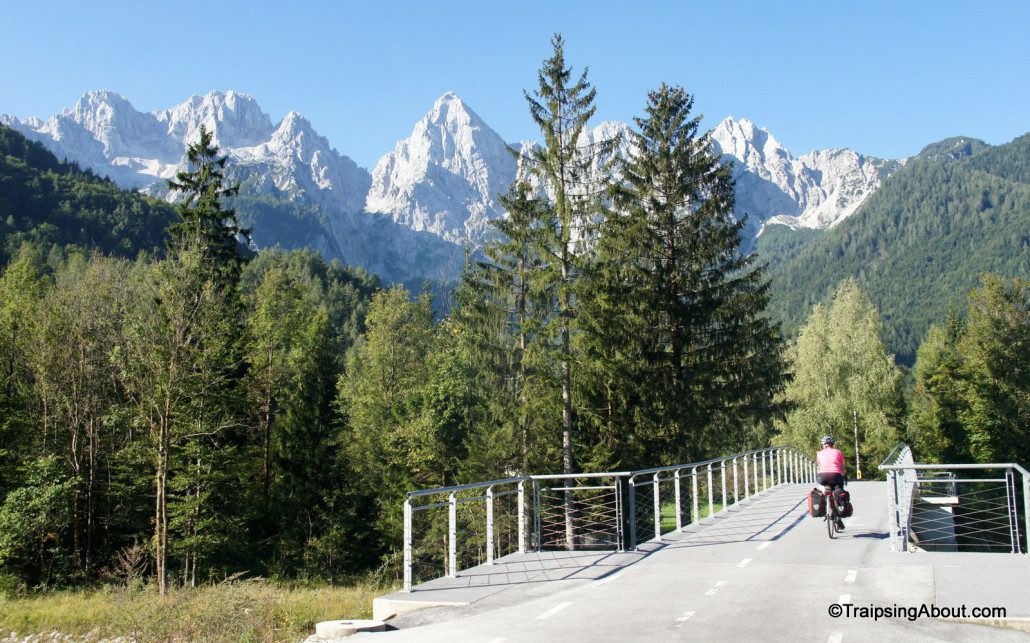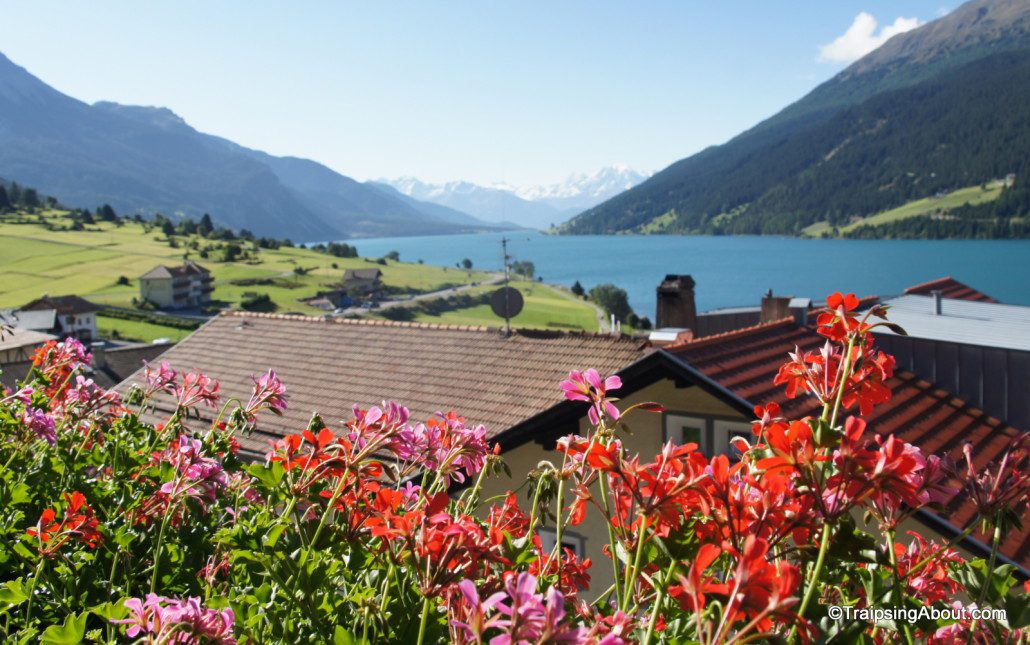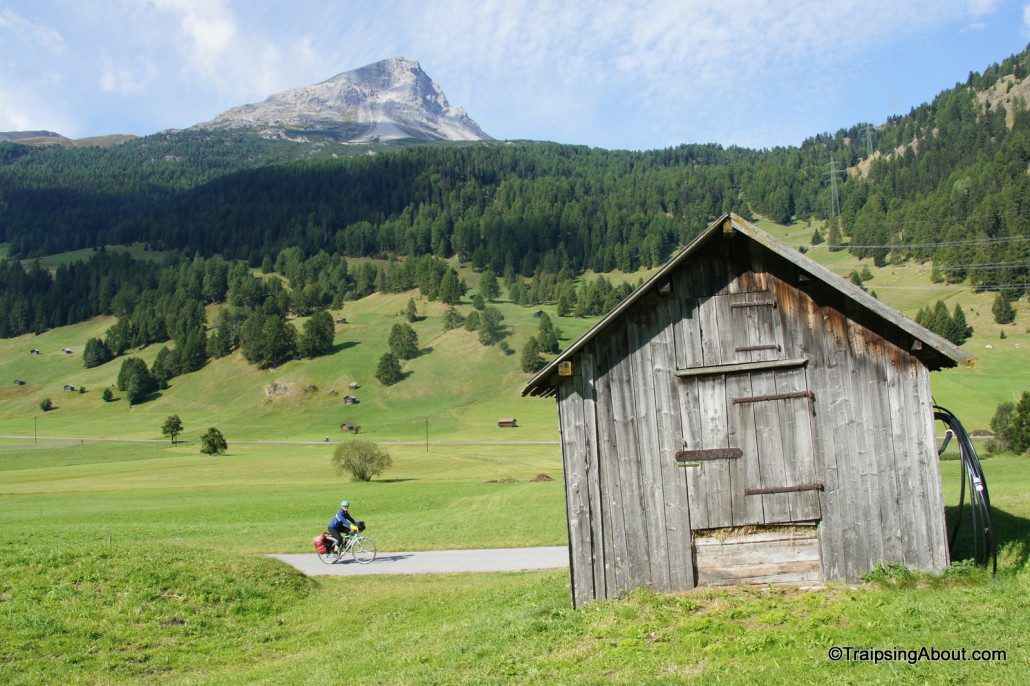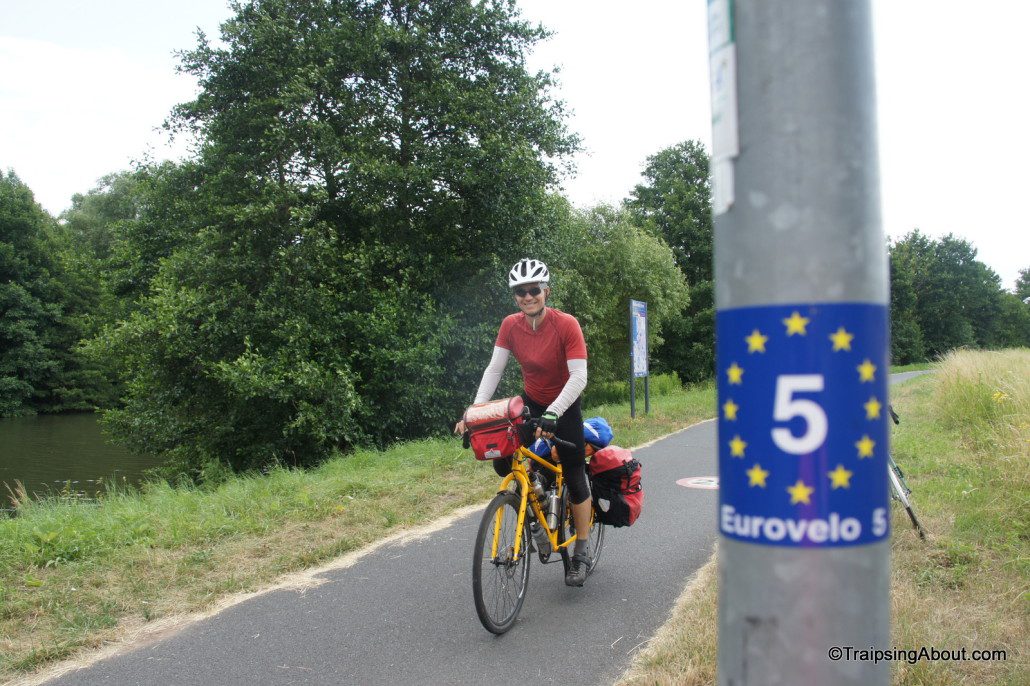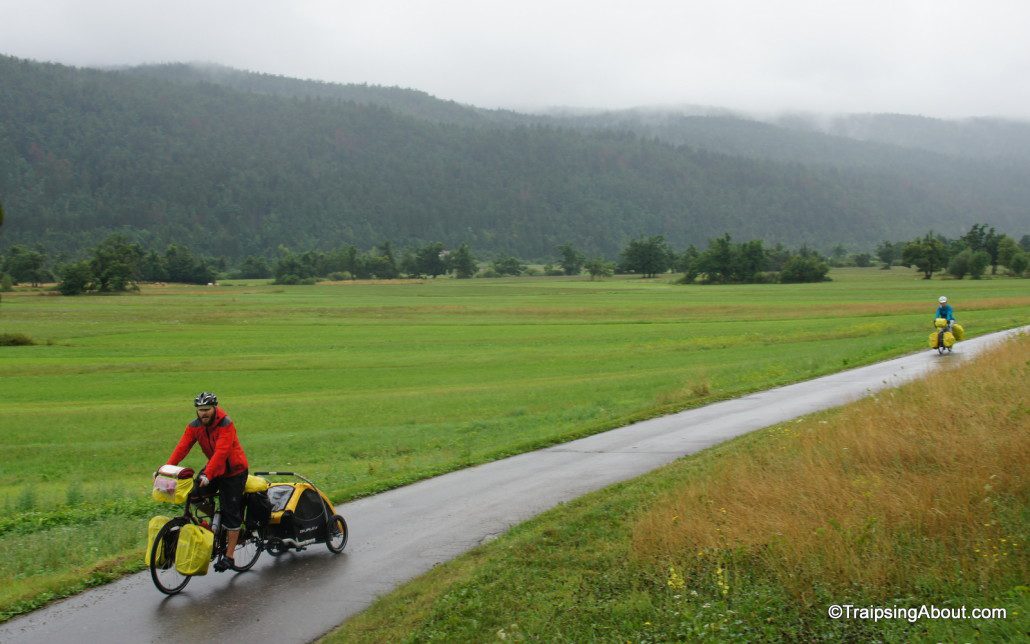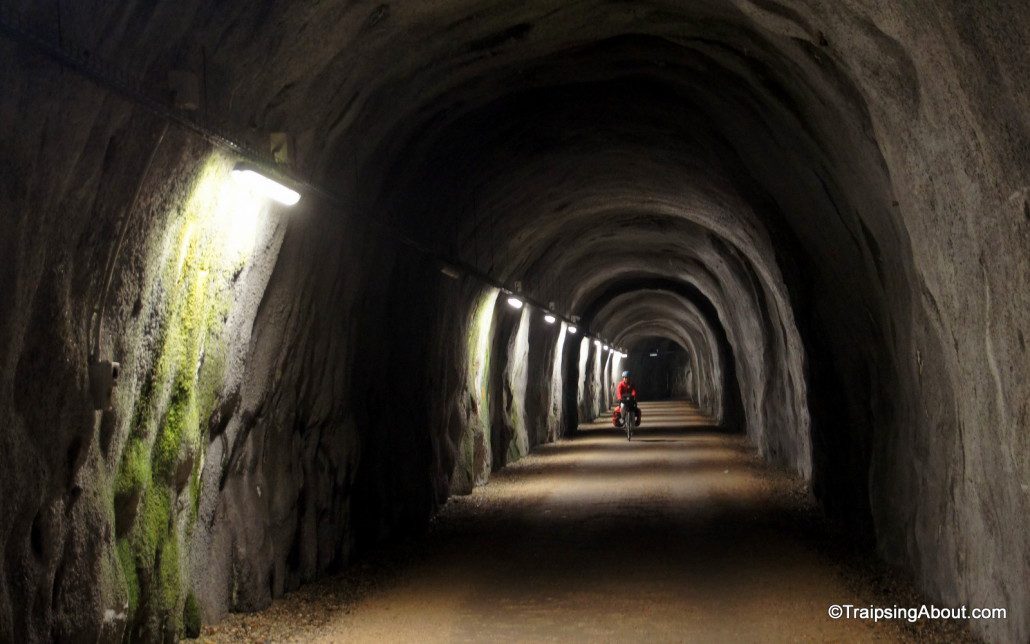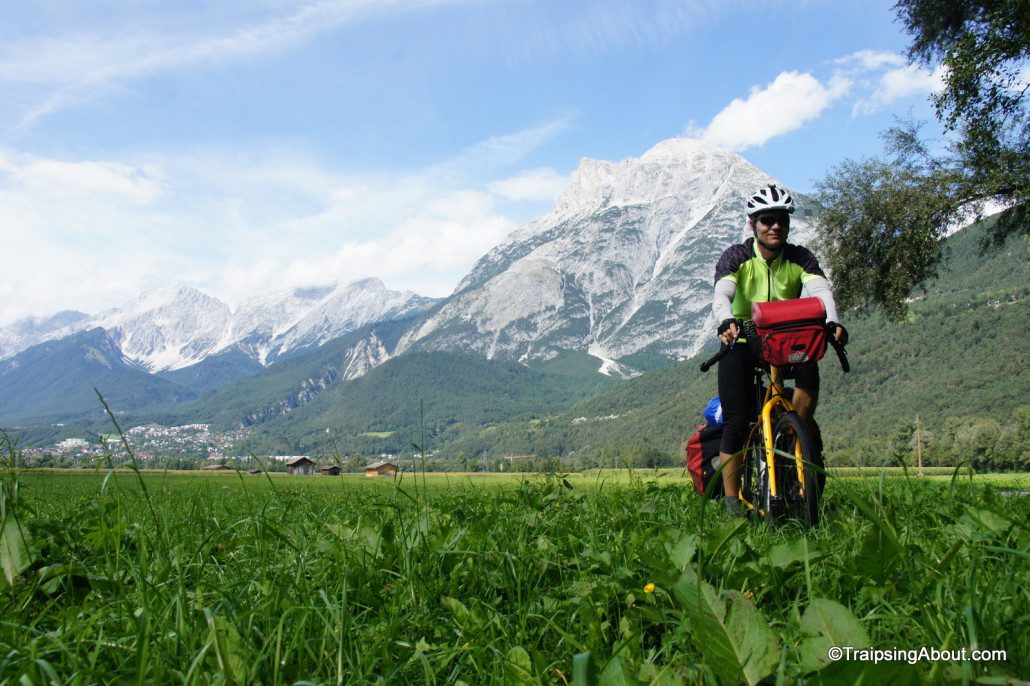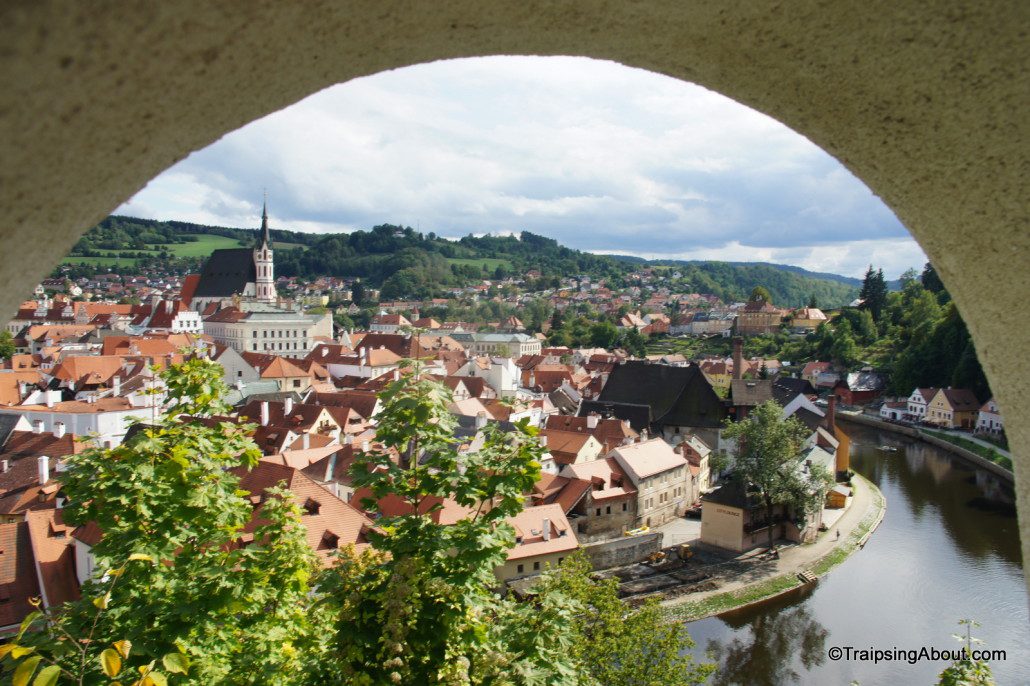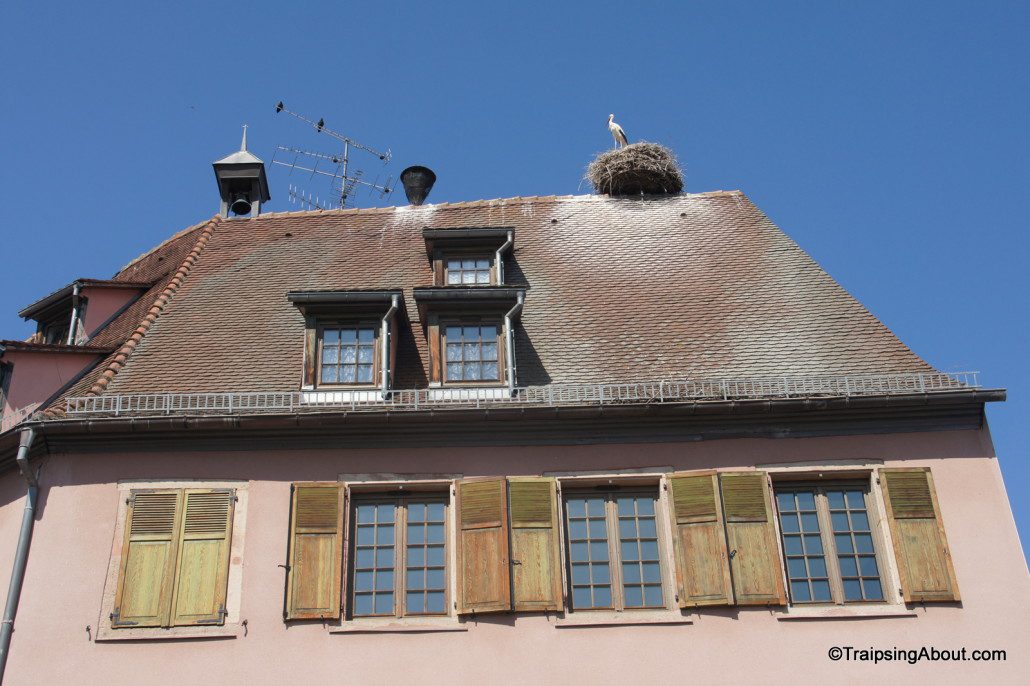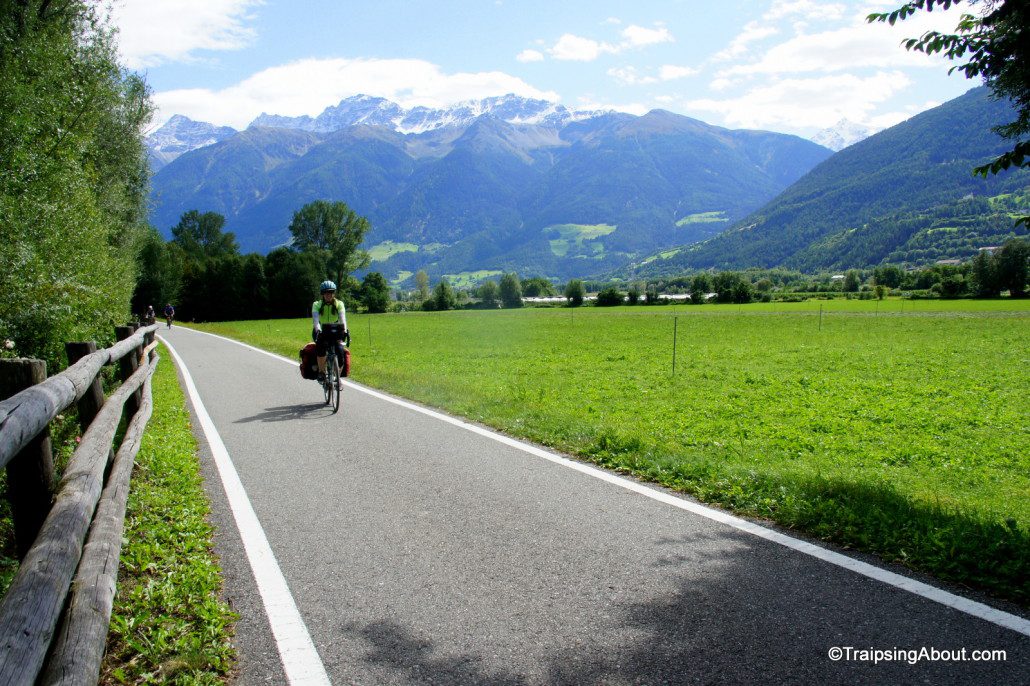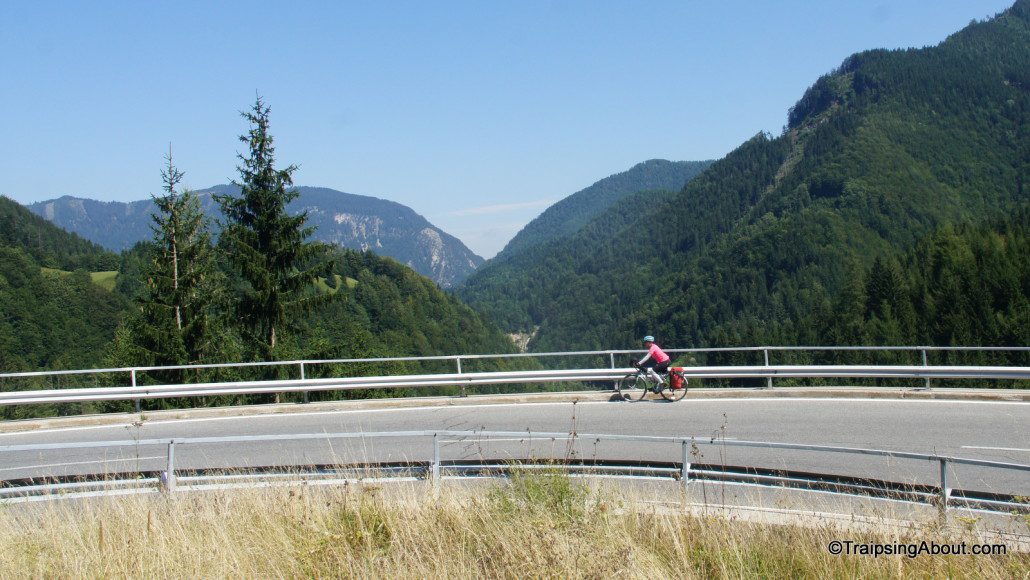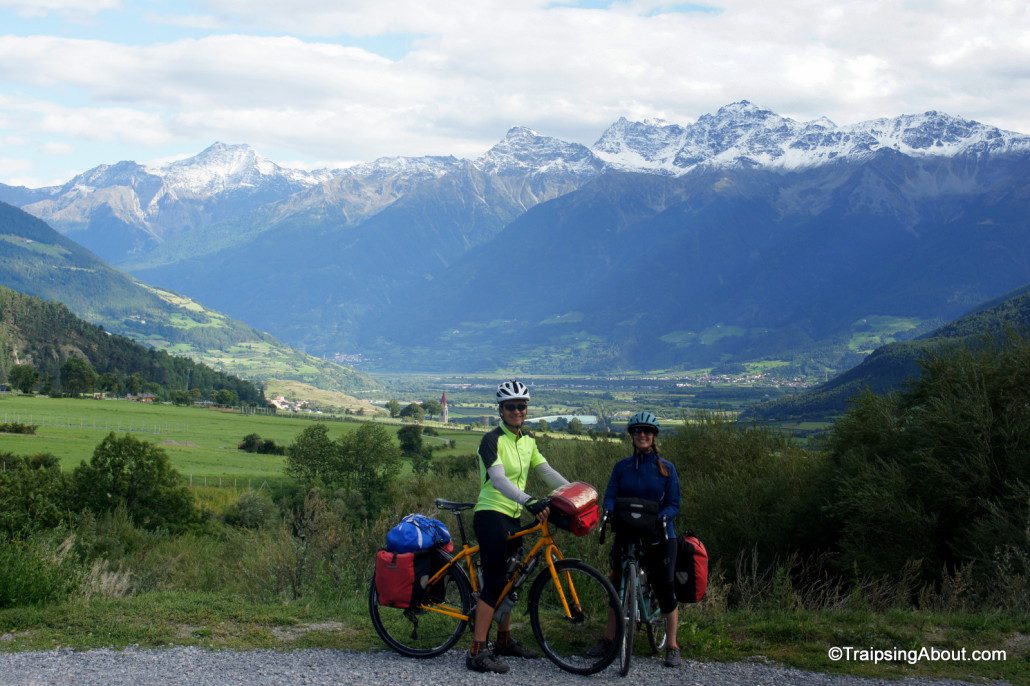13 Countries, 2 Flats – European Bike Tour Stats and Favorites
I’m one of those weirdos who loves tracking numbers. They help me understand and frame the world, my data-gobbling brain dining happily when served courses of city populations, distances traveled, workout stats, or even Quicken files tracking our spending. I’ve dialed this back over the past few years to avoid turning into Spock, but still find it fun.
Did I mention that we’re done with our summer bike tour of Europe? We are! And since I enjoyed compiling stats for our 2014 U.S. tour, I repeated it this time – welcome to the summary of our 3.5 month bicycle tour through Europe in 2015. We’re currently relaxing post-trip (i.e not biking) in New York City before we head west to Idaho (on a plane).
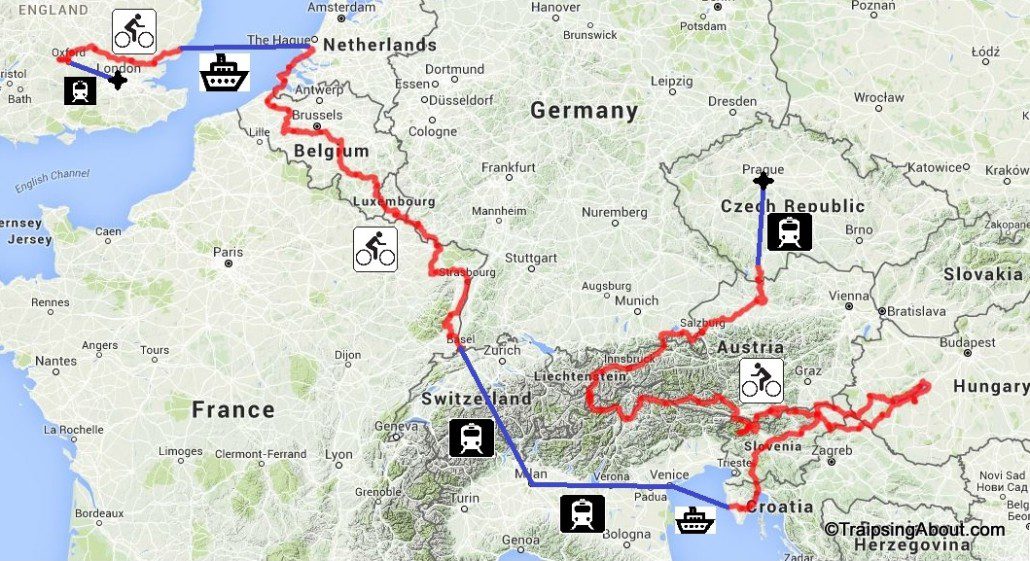
The route! Starting in London, we pedaled 2,500 miles, took a couple ferries, and hopped on a few trains, finishing in Prague.
This tour we aimed to mix cycling with maximum enjoyment, a shift from the mostly physical challenge of last year. To accomplish that, we rode less mileage and parked the bikes for more days off. Both touring styles are worthwhile, but I had more fun during this European cycle tour thanks to mixing up the activities.
Below is the breakdown, a compilation of favorite places, distances and time on the bike, and other random tidbits. Data can’t fully capture the experience, but perhaps it helps an aspiring cycle tourist wrap their head around the hard data and think, “hey, I could do that.” (You can!)
Onward.
All the Info
- Total distance ridden: 2,440 miles (3,935 kilometers), the same distance as flying from San Francisco to Hawaii, London to Toronto, or Amsterdam to Timbuktu.
- Number of countries we pedaled in: 13 (almost as many as the 15 states as we crossed during last year’s U.S. tour).
- Favorite cycling area: Italy’s NE Sudtirol region, followed closely by Slovenia (which still wins my favorite country award). Ah, the Alps are so fantastic!
- Biggest surprise about Europe: there is a ton of farmland and animal agriculture, which I hadn’t encountered during previous travels since I kept to metropolitan Europe. Corn fields are everywhere and the stink of animal feedlots tinted the air in many areas of the continent. Some countries (Belgium, parts of eastern France, and Hungary) hinted of the American Midwest in terms of their crops and landscapes.
- Total days touring: 103 (June 13 – September 23, 2015)
- Days pedaling: 64
- Days NOT bike touring: 39, almost 40% of the trip. Compared to last year’s U.S. ride (only 18 days off), our aim for Europe was more time to explore, relax, and hang with people we met along the way. We gave ourselves permission to laze about, explore cities with friends, lace up the running shoes, sit in cafes and read, or mountain bike. Mixing it up was very fun, and we’ll aim for this style of touring in the future.
- Average time pedaling each day: 3.8 hours, barely a part-time job.
- Extra calories burned per day: 3,000-5,000. I ate almost non-stop (but what’s new).
- Average distance per day: 38 miles (61 km), close to our initial plan of 40 miles per day.
- Total pedal strokes: 934,000, give or take a few.
- Longest day: 55.7 miles (90 km) and 5.25 hours of pedaling in Slovenia.
- Elevation gain: 85,754 feet (138,000 m). That’s 16 miles straight up, but only 1,355 feet per day on average.
- Number of cycling networks traversed: 11, though I’m probably missing a few. Europe has fantastic cycle networks and resources for cycle touring.
- Days without a shower: Zero! Ah, Europe, the lap of luxury.
- Number of other bike tourists encountered: Hundreds! Compared to the U.S., where we went 61 days without seeing another cycle tourist, Europe was a buzzing hive of activity. We’d see at least a few long-distance tourers per day and dozens of people out for day rides.
- Favorite things about touring in Europe:
- Well-signed, no-car bike paths made route planning easy, plus lowered stress levels since we rarely spent time fencing with big trucks.
- Frequent towns or cities, which meant easy logistics for water, food, and lodging. Even the tiniest villages had historic guest houses or inns, so we stayed in cities far more than our U.S. tour. Lodging values were fantastic too.
- Things I missed about the U.S.:
- The wide open wilderness of the States dwarfs the nature in Europe. The U.S. is BIG, and though it makes logistics tougher, pedaling for hours in the middle of nowhere carries a special magic. The east side of Glacier en route to Canada comes to mind.
- Communication created some headaches. With 10 languages over three months (none of them Spanish, argh!), the constant roadblock to speaking with people sometimes made us feel frustrated and isolated. I acknowledge that I have no room to bitch since people were accommodating, friendly, and spoke pretty good English (along with French, German, Dutch…).
- Longest continuous climb: 11 miles from Austria up up up to the Czech Republic. This was also our biggest elevation day at 3,500’, though an honorable mention goes to the hilly Ardennes region of Belgium for working us over.
- Steepest climb: multiple 19% passes in the Alps. The toughest pass was from Austria up to Slovenia, a 6-mile onslaught so consistently steep it was almost laughable, followed closely by Resia Pass from Italy into Austria. (Moral: don’t try to cross the Austrian border!)
- Most memorable song along the way: A cheery five a.m. wake-up whistled rendition of “Don’t Worry, Be Happy” on the ferry ride from England to Holland.
- Oldest accommodation: a 1,000 year-old monastery in England featuring a fun, challenging obstacle course. We stopped for a couple nights to celebrate my 33rd birthday, but my attempts to beat the obstacle course record were thwarted by old age.
- Most countries biked in during one day: three – Luxembourg/Germany/France, Italy/Switzerland/Austria
- Hottest temperature: 110℉ in Venice – our weather app said “feels like 125℉.” We agreed.
- Numbers of days over 95℉: ~30, plus a handful over 100 as Europe busted through many heat records. We made two personal videos documenting our vow to never bike tour in July-August again unless it’s in Scandinavia or a place with outdoor A/C and lakes every three miles.
- Most scoops of gelato in one day: Six each, a three-visit day to our favorite vegan-friendly gelateria in Rovinj, Croatia when temps soared to triple digits. Cycle touring and burning a few thousand extra calories per day has its perks.
- Swimming-in-humidity award: Hungary, where we got up at five a.m. to beat the heat.
- Favorite cathedral: the stunning Strasbourg spires. We happened to be there for the booming sound and light show celebrating the 1,000 year anniversary of the cathedral.

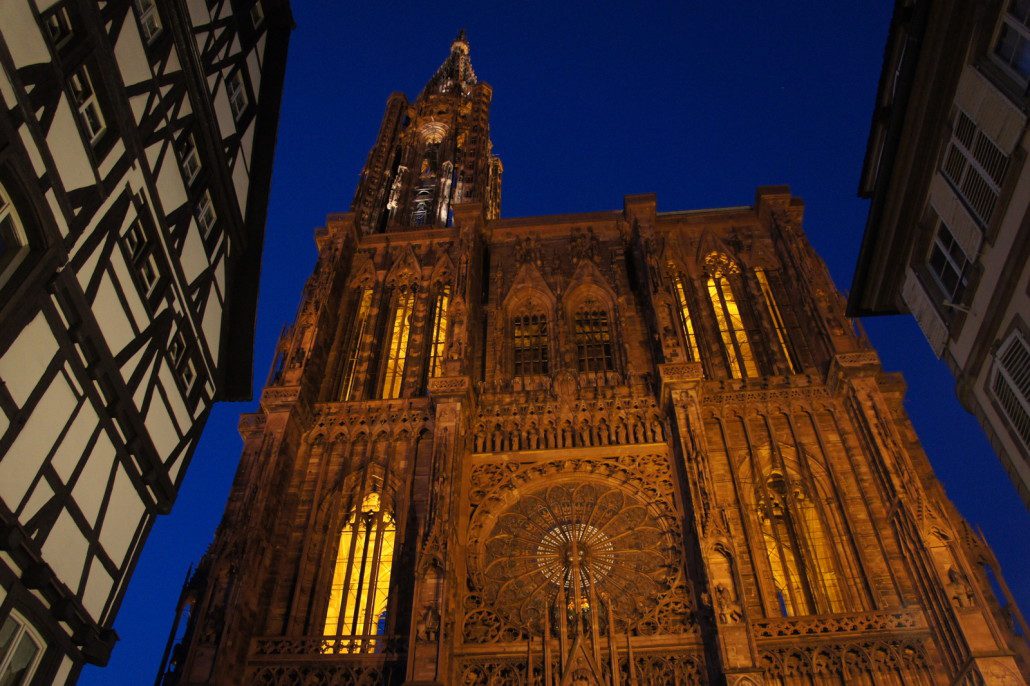
- Most days off in a row: Eight, including no-bikes-allowed Venice and five days relaxing in Croatia with our buddies to avoid scathing heat.
- Flat tires: Two for C, 0 for D.
- Tires replaced: Always an FAQ from people we meet… But not a single one! C’s rear tire was getting a bit thin by the end, which is why she picked up two quick flats with just a week left in our trip. My rear tire (a Schwalbe Marathon) now has 7,000 miles on it and is going strong.
- Other bike troubles: Two broken spokes for my bike thanks to cobblestone beatings. The rear wheel on my tough Salsa Fargo managed to survive a week of pedaling before we found a bike shop and ate lunch as the delightful old-school, long-haired owner in cutoff jean shorts grooved to jazz and fixed my rear wheel.
- Number of push ups done to avoid turning into an all-I-do-is-bike upper body wimpo: 6,035. (Yes, I track weird things.) Since cycling is so exclusively lower body, I also did pull ups (usually at kids’ playgrounds), core work and elastic band exercises to stay physically balanced. I highly recommend doing this while on tour, not to mention stretching frequently so hamstrings don’t shrink to one-third their previous length.
- Probability of returning to Europe with bikes: 100%
